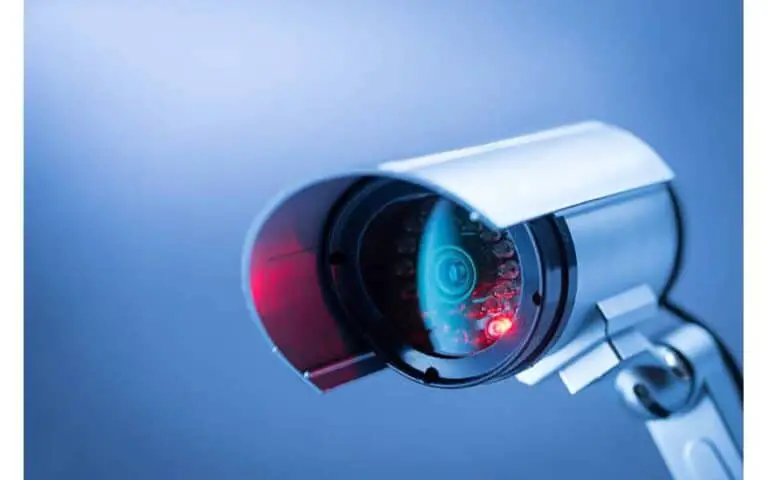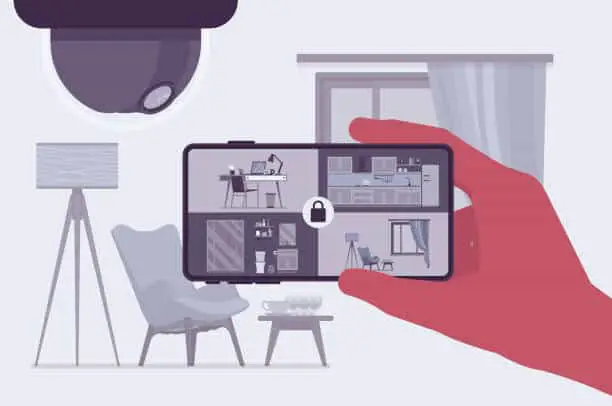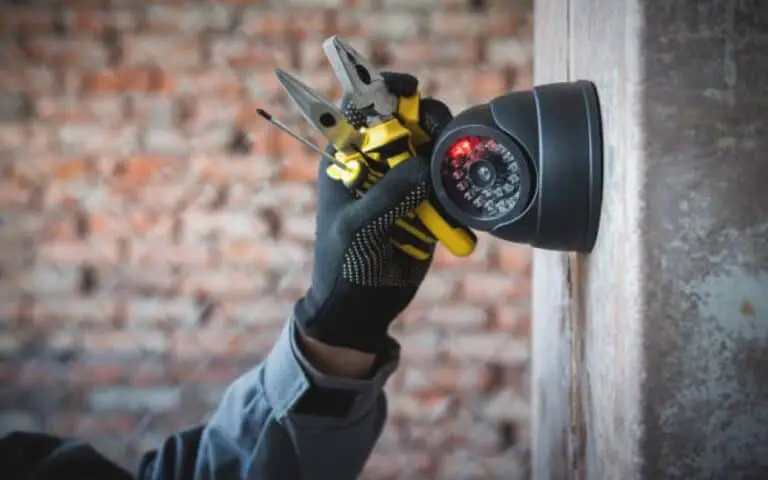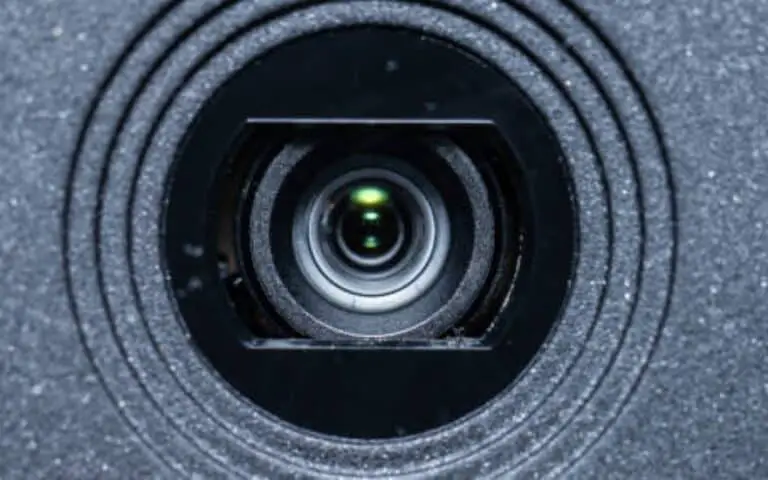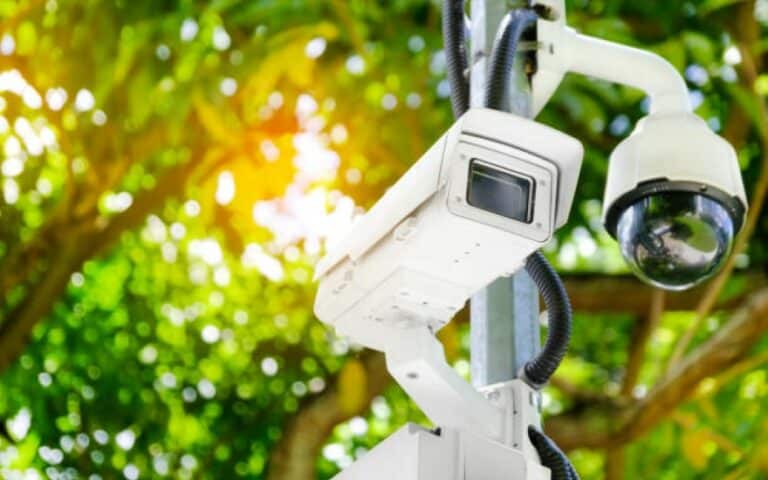With the rise of smart home devices and the increasing need for surveillance, security cameras have become a necessity for many homeowners. However, not all cameras require Wi-Fi to function.
In fact, some security cameras operate entirely without wireless connectivity.
In this blog post, I’ll explore the technology behind non-Wi-Fi cameras and explain how they can still provide reliable and effective surveillance even without an internet connection.
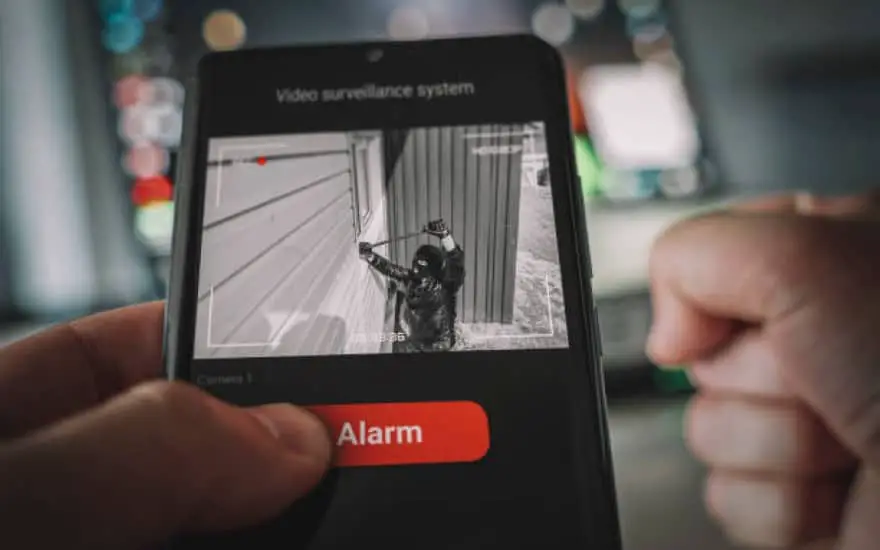
1. Introduction to Security Cameras without Wi-Fi
As a security camera enthusiast, I understand the significance of Wi-Fi in modern-day video monitoring. However, not everybody has a stable Wi-Fi connection or is comfortable with the idea of wireless connectivity due to security concerns.
That’s why I’m here to introduce you to the world of security cameras that don’t require Wi-Fi. Believe it or not, it is possible to have a reliable security system without Wi-Fi. Local storage is the key feature that enables cameras to work without Wi-Fi. You can either store videos onto a microSD card or utilize a local recorder to playback the footage on your computer.
There are even cameras that provide live video streaming without Wi-Fi. One of the best options available is the Arlo Go- a wireless camera that employs mobile LTE plans rather than connecting to your Wi-Fi network. With this camera, footage records onto a micro-SD card and cloud storage, and you can control it through the Arlo app.
homequeries
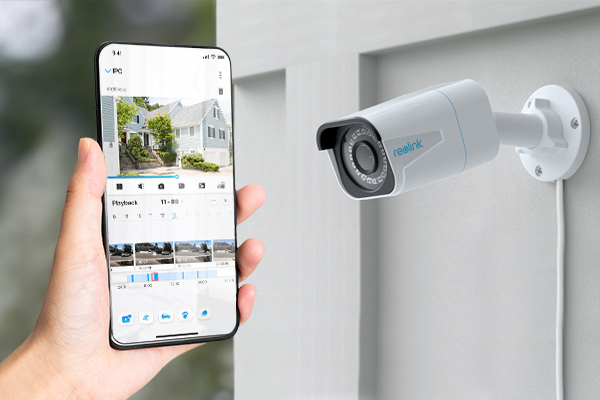
2. Role of Local Storage in Non-Wi-Fi Cameras
When it comes to security cameras, many people automatically assume that Wi-Fi is necessary for their operation. However, there are actually a number of non-Wi-Fi cameras available on the market. One key feature that allows these cameras to function without relying on Wi-Fi is local storage.
Instead of streaming and recording videos via Wi-Fi, these cameras store their footage onto a microSD card or local recorder. This allows the user to play back the footage without needing an internet connection.
In addition to local storage, some non-Wi-Fi cameras use LTE to transmit footage. For example, cameras like the Arlo Go and the Reolink Go allow users to stream live video without a Wi-Fi connection. These cameras require a mobile LTE plan, which means footage is recorded onto both a microSD card and cloud storage. Controlling the cameras is done through a mobile application. Not only do these non-Wi-Fi cameras offer an alternative to traditional Wi-Fi cameras, they can also provide additional security measures.
homequeries
/cdn.vox-cdn.com/uploads/chorus_asset/file/23764720/VRG_ILLO_226066_Arlo_vs_Eufy_s.jpg)
3. Arlo Go: A Non-Wi-Fi Camera with Live Video Streaming
I recently found out that some security cameras don’t need Wi-Fi to work, which got me really curious. I did some research and found out that Arlo Go is one such camera that doesn’t require Wi-Fi but still offers live video streaming. It works by using a mobile LTE plan instead of connecting to a Wi-Fi network. I was really intrigued by this, so I decided to test it out personally.
To my surprise, the camera performed really well and recorded footage onto both a micro-SD card and cloud storage. It was easy to control this wireless camera through the Arlo app. Overall, Arlo Go is a great option for those who want a reliable, non-Wi-Fi camera with live streaming capabilities.
homequeries

4. Other Options for Security Cameras Without Wi-Fi
Security cameras are mostly known to rely on Wi-Fi to function, but there are ways around it. For instance, some models use LTE to record and stream videos without Wi-Fi. Others utilize local storage and record videos into a microSD card or a DVR NVR hard drive.
- Lorex security cameras can record videos both online and offline, allowing you to secure your Wi-Fi space. CCTV cameras, which are commonly used for business or police surveillance, are not necessitated to connect to Wi-Fi.
- Analog and IP cameras are the two kinds of CCTV cameras, with the former transmitting video through coaxial cables to a DVR, and the latter sending compressed video through the internet to a network video recorder.
- Most non-Wi-Fi security cameras are not necessarily harder to install than the Wi-Fi cameras. Some of the options that do not require internet or Wi-Fi are equipped with memory cards, making it easy to send recordings to the DVR, while others may use coax cable to connect to the DVR.
- It is worth noting that whereas the majority of cameras with cloud storage do not allow for 24/7 recording, local storage, via memory cards or a DVR, frees you from monthly cloud storage subscriptions.
Fortunately, there are several solid non-Wi-Fi security camera options in today’s market. The Arlo Go is renowned for its cutting-edge features, including 4K video, color night vision, and a large field of view. It also provides person, package, and vehicle detection, along with a siren to deter intruders. The Reolink Go is a budget-friendly option that offers similar features. While cameras with local storage might cost more than Wi-Fi models, they provide more significant security, making them worth the investment.
homequeries

5. Lorex Security Cameras with Online and Offline Recording
As home security enthusiast, I know how important it is to have a reliable surveillance system that can work without Wi-Fi. Thankfully, Lorex security cameras offer both online and offline recording features to ensure maximum protection even without an internet connection.
- With Lorex, security cameras can record every second of every day, and the footage can be viewed remotely without Wi-Fi. This is possible because Lorex security cameras use local storage, allowing users to store videos onto a microSD card or local recorder and play them back on their computer.
- Unlike other security cameras that rely heavily on Wi-Fi, Lorex cameras offer a work-around solution through LTE streaming. Users can record and store videos locally to a DVR or NVR, hard drive, or microSD card, providing reliable and secure surveillance.
- Lorex security cameras are also easy to install, regardless of whether they work with Wi-Fi or not. While some security companies might lead you to believe that cameras that don’t require Wi-Fi are harder to install, this is not the case with Lorex systems.
In summary, if you’re looking for a reliable home security solution that works without Wi-Fi, consider choosing a Lorex security camera. With their cutting-edge technology, user-friendly features, and 24 years of industry experience, Lorex is a trusted and reputable brand that delivers on its promises. [9][10]
homequeries

6. Types of Cameras That Don’t Need Wi-Fi
When it comes to security cameras, Wi-Fi is not always necessary. There are different types of cameras that don’t need Wi-Fi for their operation. For example, closed-circuit television (CCTV) cameras are commonly used by businesses and police for surveillance and storage is on either a DVR or an NVR. Analog and HD-over-coax cameras transmit video to a DVR via coaxial cable, while IP cameras are a lot more expensive and synonymous with surveillance cameras.
In addition, there are also wireless cameras that work with cellular data plans like the Reolink Go, which can be controlled through Reolink’s mobile application for notifications on motion detection and live views. Another example of a camera that doesn’t need Wi-Fi is the Arlo Go, which uses a mobile LTE plan for remote control and records footage onto a micro-SD card and cloud storage. These types of cameras can be a great option for those who either don’t have Wi-Fi or want to bypass security concerns related to Wi-Fi use. [11][12]
homequeries
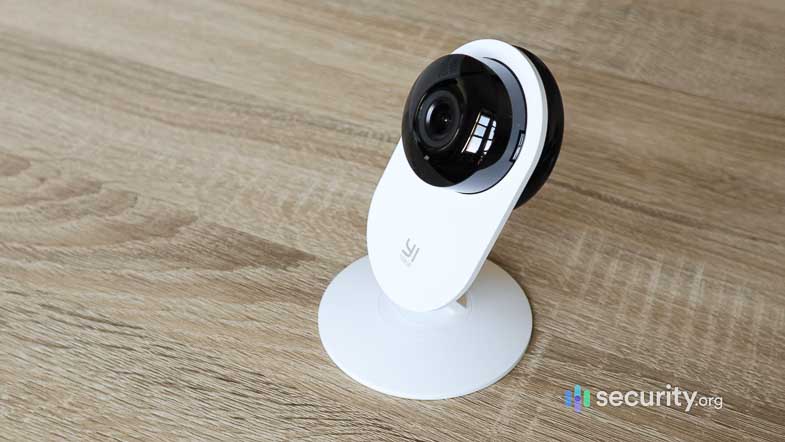
7. CCTV Cameras for Surveillance
I recently learned that security cameras don’t necessarily need Wi-Fi to work. One type of security camera that doesn’t require Wi-Fi is the CCTV camera, which stands for closed-circuit television camera. These cameras are often used by businesses and law enforcement for surveillance purposes.
They typically record video onto a DVR or NVR, which is a network video recorder for digital systems. CCTV cameras come in two types: analog and IP cameras. Analog cameras transmit video to a DVR through coaxial cable, while IP cameras are a lot more expensive and higher quality. CCTV cameras are not typically used for home security, but it’s good to know that they exist as an option. [13][14]
homequeries
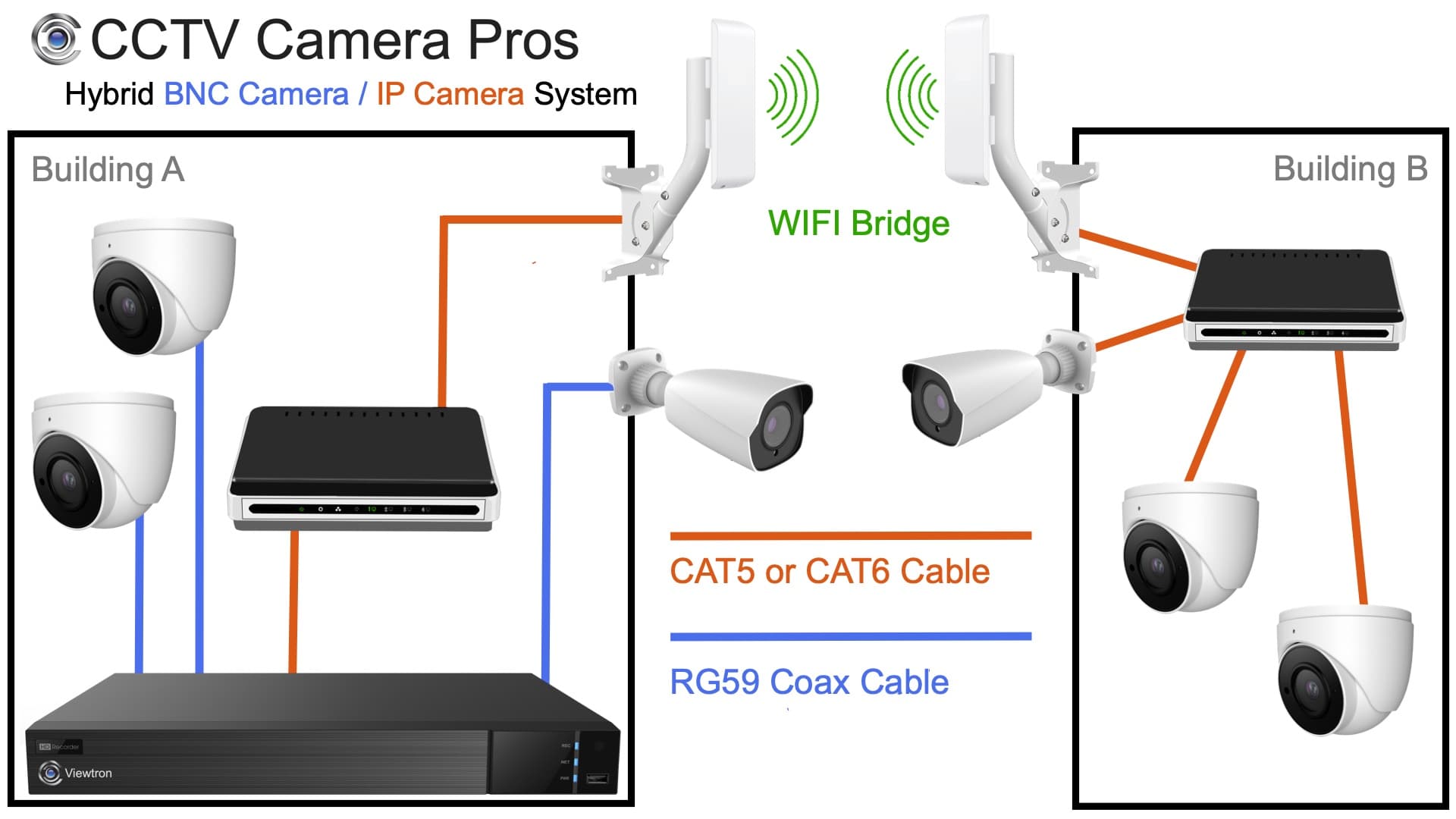
8. Analog and IP Cameras
Analog cameras are still used and can capture video footage without the need for an internet connection. These cameras rely on a wired connection to a recording device, such as a digital video recorder. Using analog cameras can be a cost-effective solution for basic surveillance needs. However, analog cameras cannot be monitored remotely and have limited capabilities compared to IP cameras.
- On the other hand, IP cameras operate over a network and can be connected to the internet for remote viewing and control.
- These cameras are typically more advanced and offer features such as higher resolution and quality management, motion detection, and cloud storage integration. Plus, they can also offer IR night vision and pan-tilt-zoom functionality.
- Connecting an IP camera to a network video recorder or computer is essential for recording and storing footage as the camera’s internal storage is limited. This setup allows for local recording and playback and keeps the video footage safe and organized.
- IP cameras can also be accessed remotely via a website or app, making them ideal for monitoring homes, businesses, or other properties while away.
Both analog and IP cameras serve a purpose in different settings. Analog cameras are suitable for those on a tighter budget or looking for basic surveillance, while IP cameras are better for those who want more advanced features and connectivity. Ultimately, the choice between the two depends on your security needs and budget. [15][16]
homequeries
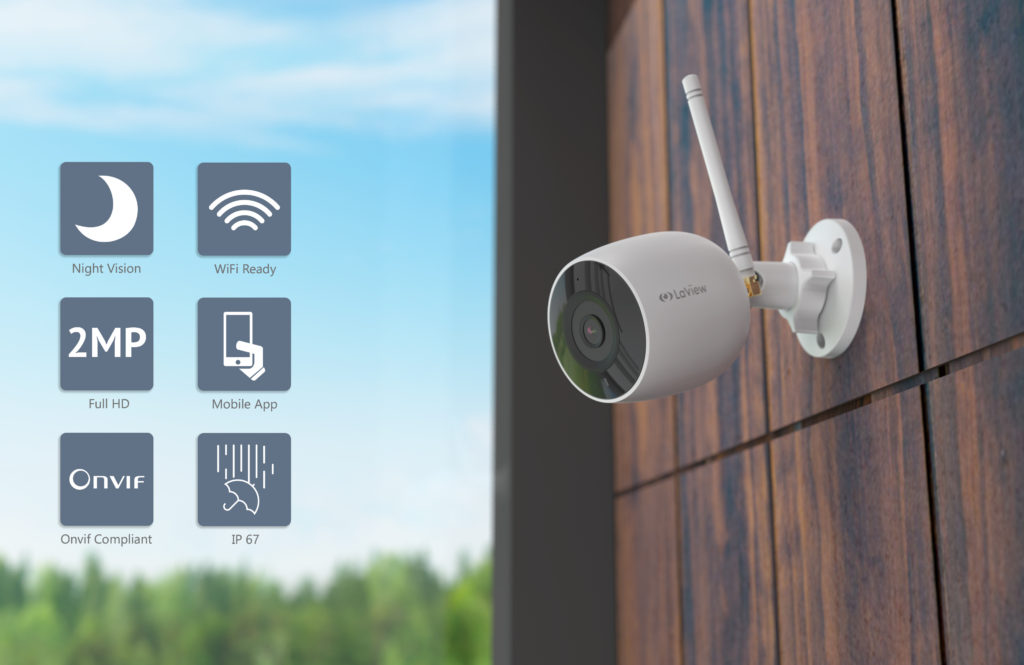
9. Installation of Non-Wi-Fi Cameras
When it comes to installing non-Wi-Fi security cameras, it’s important to know that it doesn’t have to be a complicated process. In fact, some cameras like the Vosker V150 V200 and V300 are designed to be easy to install without Wi-Fi.
- The first step is to decide which type of cellular camera you want to go for. There are a few different types that don’t require Wi-Fi, including IP, analog, HD-over-coax, and CCTV cameras. Each has its own unique features and benefits, so it’s important to research them before making a decision.
- Once you have your camera, you’ll need to find a good location to set it up. This could be somewhere outside your home or business, such as the front door, back yard, or parking lot. Make sure it’s a place where you can easily access the camera and where it has a good view of the area you want to monitor.
- After that, it’s just a matter of installing the camera and setting it up according to the manufacturer’s instructions. Many non-Wi-Fi cameras allow you to record footage locally onto a hard drive or micro-SD card for later viewing, or to connect to an NVR for closed-circuit viewing.
Overall, installation of non-Wi-Fi cameras can be a simple and straightforward process. Just make sure to choose the right type of camera for your needs, find a good location, and follow the instructions carefully. With the right setup, you can have a reliable and secure surveillance system without the need for Wi-Fi. [17][18]
homequeries

10. Advantages and Disadvantages of Non-Wi-Fi Cameras
When it comes to using security cameras without Wi-Fi, there are both advantages and disadvantages. On the plus side, these cameras are not vulnerable to Wi-Fi network outages or hacks, making them more reliable in terms of security.
Furthermore, the installation process for non-Wi-Fi cameras can be just as easy as that of Wi-Fi cameras, especially for portable options like the Reolink Go or the Arlo Go. However, some non-Wi-Fi cameras may experience interruptions during installation, and their battery backup solution might not always be enough to ensure functionality during frequent power outages.
Additionally, non-Wi-Fi cameras are not recommended for leased or temporary spaces, since they may require alterations to existing structures. Ultimately, the decision on whether to use Wi-Fi or non-Wi-Fi cameras depends on the specific needs and circumstances of the user. [19][20]
homequeries

Final Verdict
I’ve spent some time researching security cameras that work without WiFi, and I’ve come to a conclusion. Yes, there are security cameras that work without WiFi, but you’ll need to choose between local storage options like memory cards or DVR systems. Memory cards are a popular choice, and all you need to do is pop the memory card into your computer to watch the footage. However, DVR systems can be a little more complicated as you’ll need to install the camera and connect it to the DVR with coax cable.
Despite the extra effort, I personally believe that no-WiFi security cameras have some significant advantages. Firstly, they’re more secure than WiFi cameras since hackers can’t gain access to them without being in your home. Secondly, you won’t need to pay for a monthly cloud storage subscription, and you can record 24/7 instead of just motion detection. Also, without WiFi, you won’t get motion notifications on your phone, but you can use a data plan instead.
homequeries
Now, let’s talk about the best security cameras that work without WiFi. While there are many options out there, two cameras stand out to me. The Arlo Memory Card Camera is a bit pricey at $300, but it comes loaded with features.
It offers 4K video resolution, night vision, person, package and vehicle detection, a siren, and the largest field of view on the market. Another great choice is the Reolink E1 Zoom Camera, which is a little more budget-friendly at around $220. It comes with great features like 5MP resolution, zoom, pan, and tilt, and it’s effortless to install. [21][22]
homequeries
FAQ
As technology advances, security cameras become an essential component of any home security system. The most common way to connect security cameras to the internet is through Wi-Fi. However, some people might wonder if security cameras can work without Wi-Fi. The answer is yes. Some cameras can function without an internet connection. However, it means that some features, such as cloud video recording, remote live-streaming, and alert notifications, won’t be available.
Wireless security cameras without Wi-Fi have some advantages and disadvantages. These cameras won’t be affected by internet outages or internet-related issues such as hacking. Additionally, instead of paying monthly or yearly fees for cloud storage, the footage can be stored in a physical device. On the downside, they can’t be controlled or accessed remotely, and motion detection notifications and other features won’t function without an internet connection.
homequeries
If you don’t have access to Wi-Fi, you can also use wired options such as Ethernet, Bluetooth, or z-wave to connect your security cameras to the internet. Alternatively, you can use a hardwired camera connected to a closed system, such as a CCTV. However, hardwired options require more installation work and won’t allow remote real-time streaming. [23][24]

Can CCTV camera work with mobile data?
As someone who values security and surveillance, I have always wondered if CCTV cameras can still function even without an internet connection. And the answer is a resounding yes! In fact, some security cameras are designed to work without Wi-Fi or internet access, making them perfect for remote areas, off-grid cabins, and rural homes.
One way to get video surveillance without internet access is to install security cameras and a Network Video Recorder (NVR/DVR) that can communicate with each other without the internet. The video can then be saved on the NVR/DVR and can be viewed anytime through a monitor. Alternatively, you can opt for cellular security cameras that use 4G/3G cellular networks to transmit live video feeds remotely, no matter how remote your location is.
homequeries
For those with wired security cameras, it is possible to connect them directly to your mobile device using a third-party app like IP Webcam. This app allows you to join a local network that has no internet connection and then connect it to your camera. With these options, you can still enjoy the benefits of video surveillance even without Wi-Fi or internet access. [25][26]
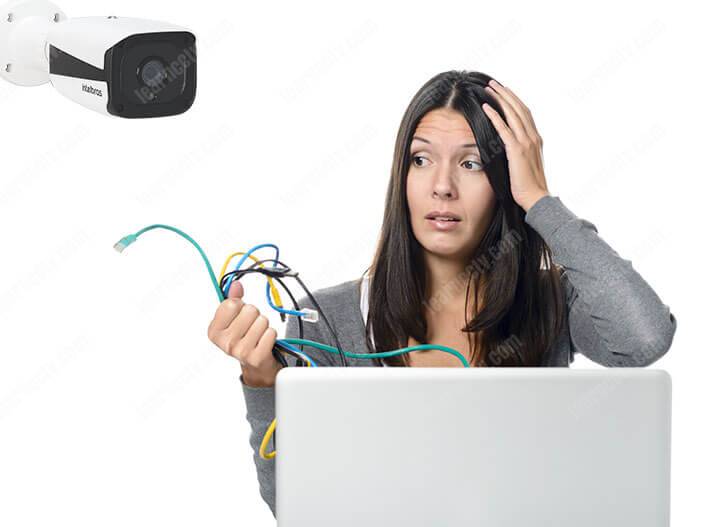
Can IP cameras work without internet?
The answer is yes – IP cameras can function without an internet connection but only within the network they are connected to. These cameras can be wired or wireless and provide a range of features such as video footage and remote streaming.
However, without internet access, some advanced functionalities like cloud storage integration are not achievable. IP cameras work by capturing footage and compressing it into data that can be transferred over a network.
This network can be a Local Area Network (LAN) which connects devices within a specific area. Connecting the cameras to a central recorder like a Network Video Recorder (NVR) can provide additional features like extended storage and a Video Management System (VMS). Whether you’re a homeowner or an installer, understanding how IP cameras work and their features can help you make informed decisions when adding surveillance to your security apparatus, especially when internet access is limited. [27][28]
homequeries
Can I use a security camera without WiFi?
As someone who cares about home security, I know how important it is to consider different options. One question that many people have asked is whether it’s possible to use a security camera without WiFi. And the answer is yes, it is!
While most cameras use WiFi to stream and record videos, there are workarounds if you don’t have WiFi. Some cameras use LTE to stream videos without WiFi, while others record directly onto a digital video recorder (DVR) or a microSD card. Local storage is the key – store videos and play them back on your computer.
Additionally, there are closed-circuit television cameras (CCTV) that are used by businesses and police for surveillance, and some cameras can also be battery-powered or require a single electrical cable. So, whether you’re worried about potential hacks or your WiFi network isn’t strong enough, there are security cameras that you can view remotely without WiFi. The best part? Some of them are easy to install and don’t require any extra setup. [29][30]
homequeries


